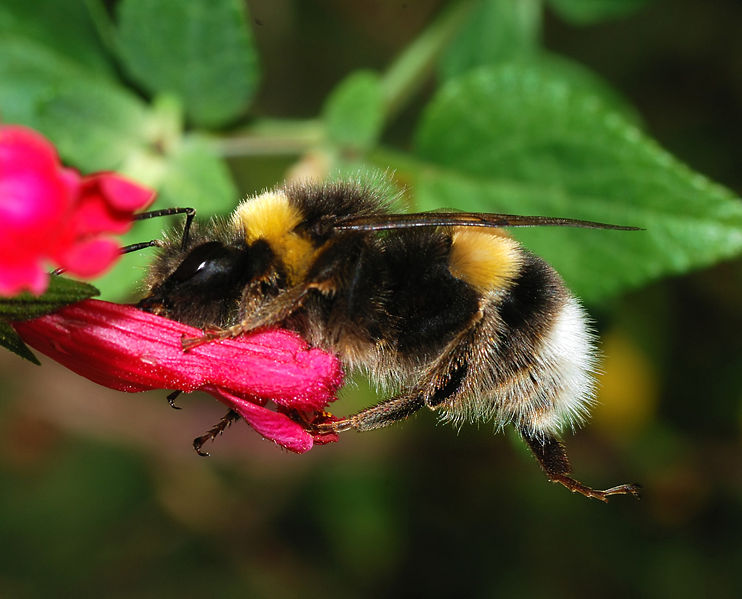Tomorrow, July 8, 2010, at 11am, the Toledo Zoo will be releasing endangered Karner blue butterflies in Spencer Township, Ohio. The release is in conjunction with Ohio Department of Natural Resources Division of Wildlife, and the US Fish and Wildlife Service.
The Toledo Zoo was the first to breed Karner blues for reintroduction to the wild and have since released over 5,000 of the species into Ohio locations. In the past, the Toledo Zoo has also released hundred of purplish copper butterflies, which are endangered in the state. The breeding techniques utilized in rearing Karner blue and purplish copper butterflies are being used to one day help release other, even more endangered butterflies into the wild.
The Karner blue butterfly is the official state butterfly of New Hampshire, although they are spotted occasionally in Minnesota, Wisconsin, Indiana, Michigan, and New York. They are dependent upon a type of blue-purple flower called the wild lupine, as it is the only source of food for the larvae. While it takes between 30 and 60 days for the butterfly to emerge, from egg through pupation, as an adult, the butterfly typically only lives about four days. Interestingly, the Karner blue butterfly shares a distinct relationship with several ant species. The ants will tend the butterfly larvae (and occasionally eat some of them), and the larvae will emerge as an adult faster, and will have gained more weight.
The Karner blue butterfly is currently considered to be an endangered species. It has been eliminated from five of the states where it used to dwell. Use of herbicides that kill the needed lupine plant, increased deer populations, and mowing or plowing important plants are all leading to the destruction of the Karner blue habitat. Because of their beauty, this species has also been victim to collection by uninformed butterfly enthusiasts. Continued efforts such as the Toronto Zoo's in breeding and releasing butterfly populations is one of the main ways conservationists hope to improve their numbers. Protecting their habitat and increasing awareness about the vulnerability of the species and the importance of the lupine plant are also hoped to increase the population of this blue beauty.




